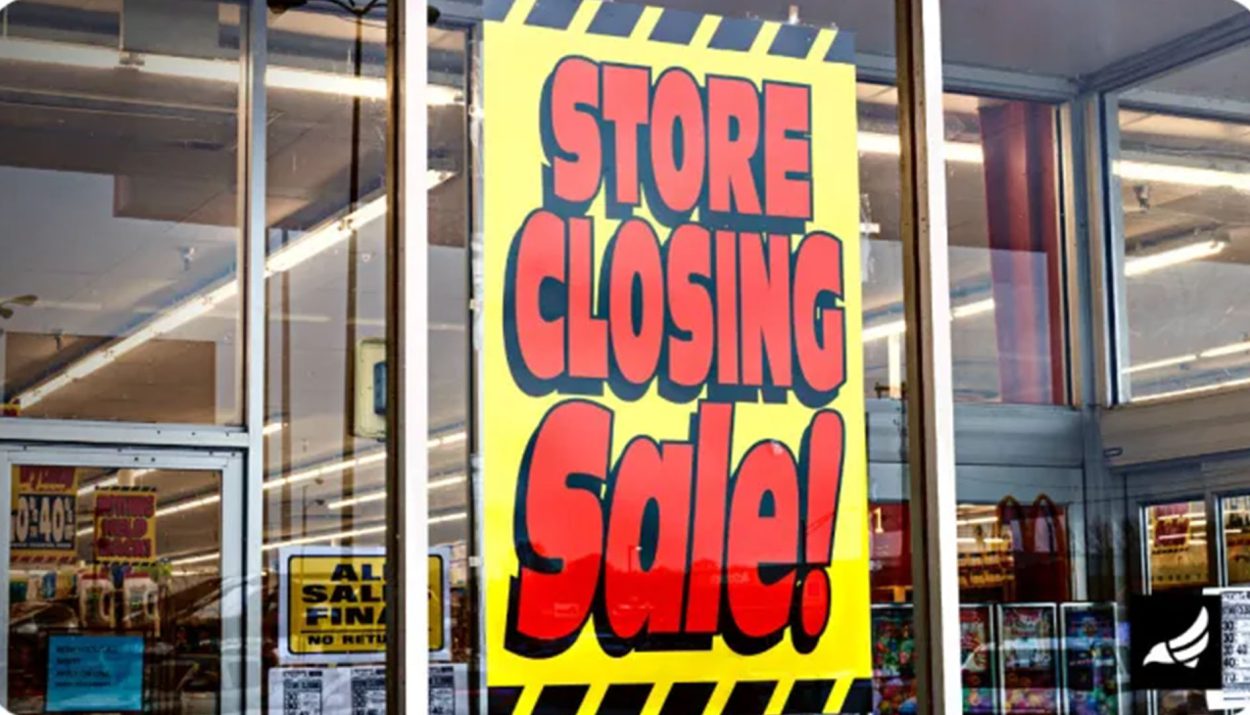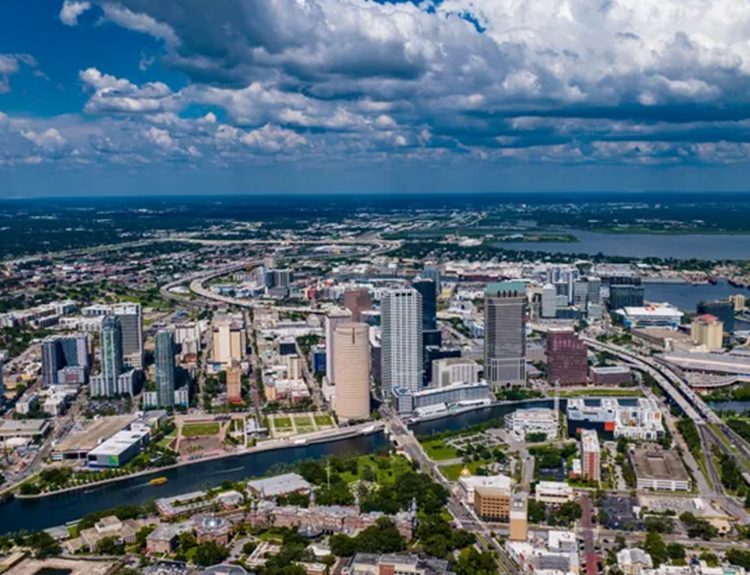Cavendish House in England’s Cheltenham served as the region’s top department store for 201 years, but sadly, the iconic establishment is closing its doors for good. The loss of this store, which has welcomed generations of shoppers, is the latest in a long line of well-established department stores that are shuttering their doors.
From Woolworths, Marshall Field’s, Gimbel Brothers, and Montgomery Ward to Hills Department Stores and Jacobson’s, department stores are a dying breed. Cavendish House is just one of several businesses that have found it too challenging to adapt to modern shopping habits. Let’s take a look at Cavendish House and the demise of department stores.
The Story of Cavendish House
When Cavendish House opened for business in 1823, it was a small, specialized store offering lace, gloves, fancy shawls, and fine fabrics, like silk and muslin. Business was good. The store grew and expanded its offerings. Fifty years later, the Cav, as it was called, was one of the premier shops located along the city’s Promenade.
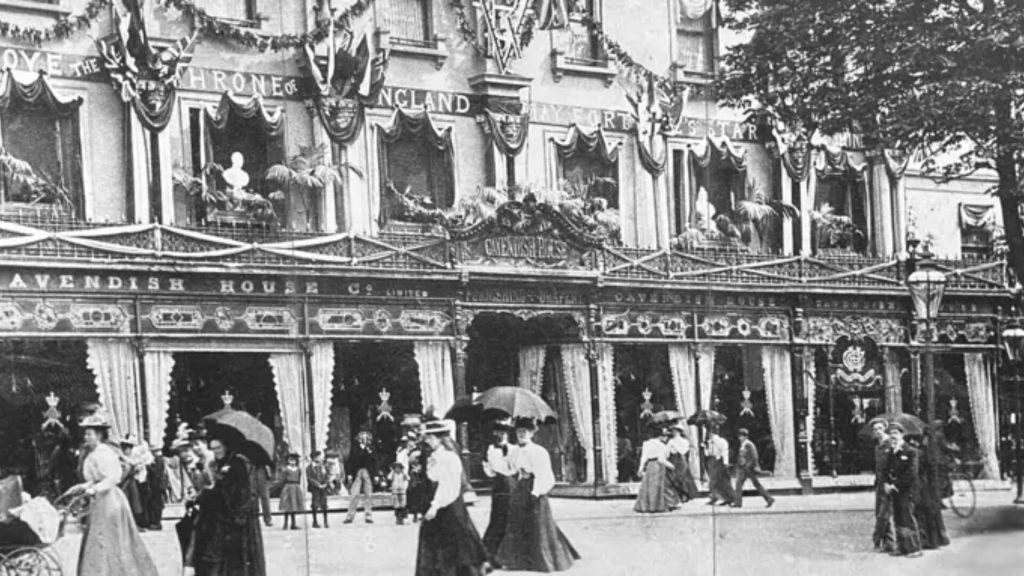
By this time, the store had nearly two dozen different departments. In addition, it featured several on-site workshops. In the next fifty years, the store was remodeled and updated. It eventually covered a 163,000-square-foot space with a store frontage of more than 285 feet on the prestigious shopping center called the Promenade.
Closing Its Doors for Good
A few weeks ago, after 201 years in business, Cavendish House announced that it is going out of business. Although the department store has welcomed millions of shoppers over the years, the business is no longer financially viable. The demise of the Cavendish House has taken residents of Cheltenham by surprise.

Joshua Taee, owner of a bakery in Cheltenham, explained, “it’s a little piece of history that’s disappearing and it’s really sad.”
“The Closure Broke Quite a Lot of People”
Another Cheltenham resident, Peter Barnes, reminisced about Cavendish House’s history. “I can remember coming here with my sister and there was a guy with a top hat on the door,” he said. “That shows you how old I am.”
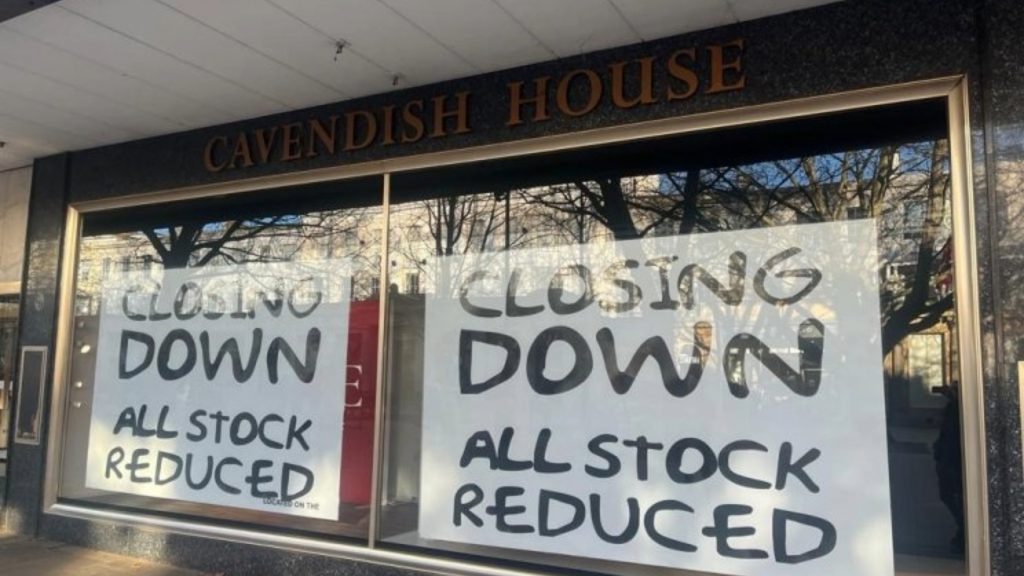
One of the store’s former employees, Lewis White, recalled that the atmosphere on the jobs was one of a “huge community.” He noted that the “closure came out of nowhere” He added, “I’ve made quite a lot of friends there and the closure broke quite a lot of people.”
Long-Standing Department Stores Are Fighting to Stay Relevant
Department stores were once the pinnacle of retail shopping, in part because they offered their guests the convenience of making all their purchases in one stop. But times are changing and so are our shopping habits.
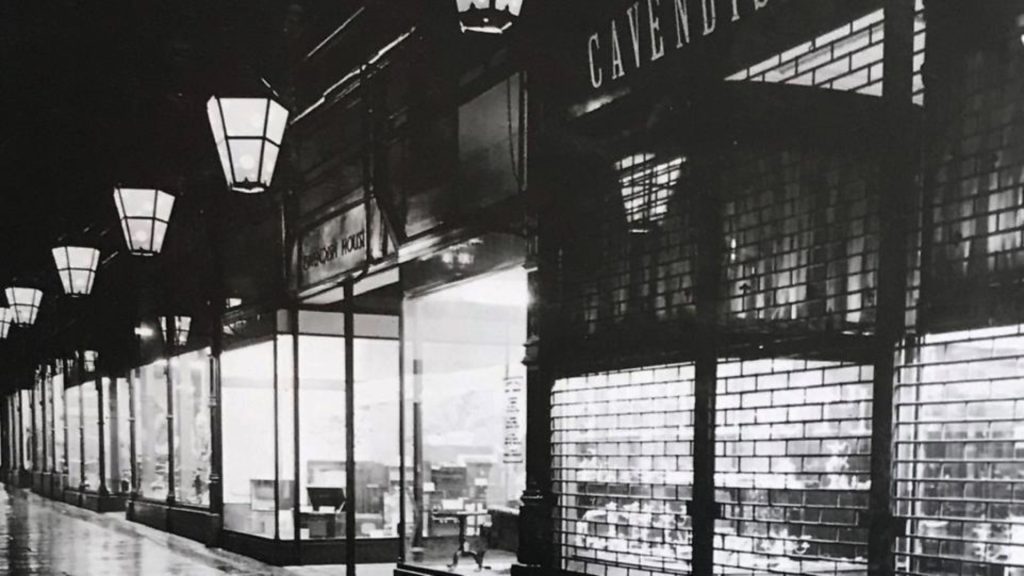
For decades, people assumed that department stores would continue to enjoy the longevity that made them cornerstones of their communities. Sadly, that hasn’t been the case. Too many changes have hit these stores.
Changing Shopping Habits Have Doomed Department Stores
With the introduction of the internet, department stores faced a whole new competitor … online retailers. As shoppers fell in love with the convenience of shopping from home, department stores noticed a sharp decline in foot traffic.

Department stores also had to compete with specialty retailers who offer shoppers more unique products and an individualized shopping experience. As shopping habits evolved, department stores could not shake their reputation as being old-fashioned and out-of-touch.
Large Department Stores Have Large Operating Costs
Most well-established department stores maintained large storefronts. Cavendish House, for example, occupied four stories and 163,000 square feet of prime retail space. It is costly to maintain a store of this size, cover rents, and pay a large staff of employees.

As trends in shopping have changed, department stores have found it difficult to keep up. When the Covid-19 pandemic hit – and stores were forced to temporarily close – it was the final nail in the coffin for these long-standing retail facilities, including Cavendish House.
“This May Be Disappointing”
Canada Life Asset Management owns the Cavendish House site in Cheltenham. They are currently working with the Cheltenham Borough Council to evaluate alternative options of the space. In a recent press release, they stated, “While we recognize this may be disappointing for some, it presents an exciting opportunity.”
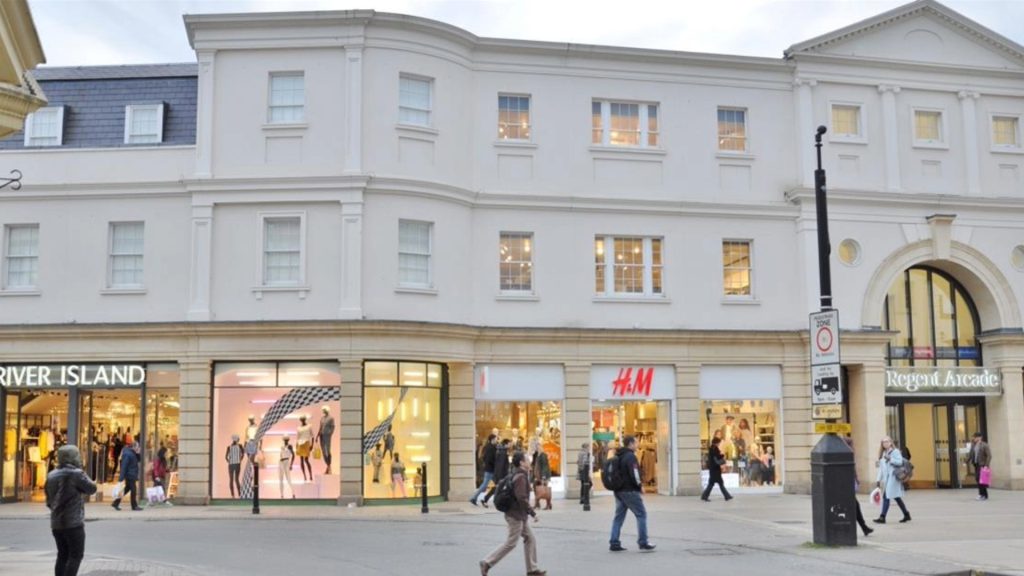
The press release continued, “We have been working closely and constructively with the borough council on exploring a number of sustainable redevelopment options for Cavendish House.”
The Cav’s Employees
Nearly one hundred people employed at Cavendish House will be out of work when the department store officially closes for good. Many of those were long-time employees who had devoted most of their working lives to the store.
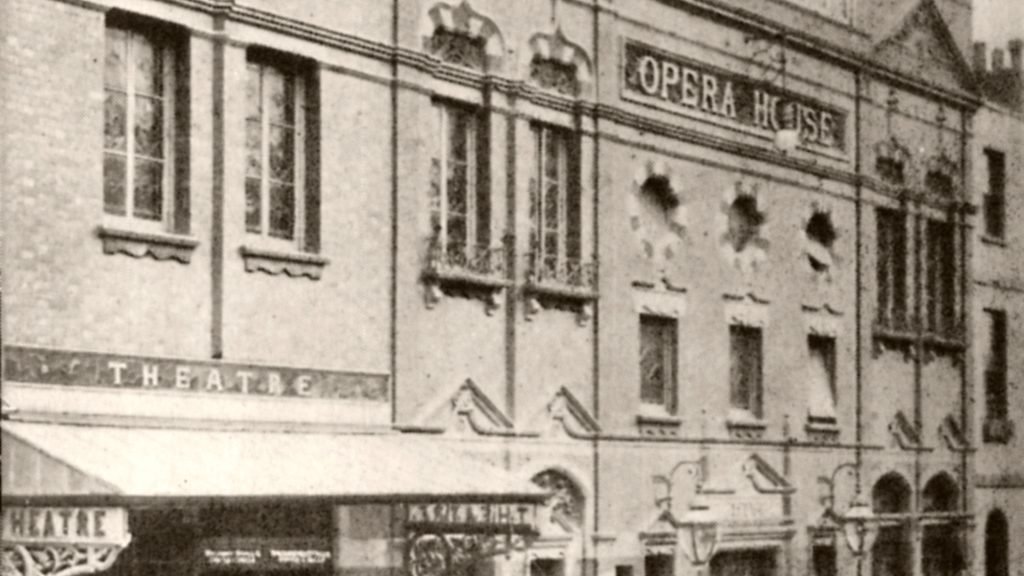
While some of the older workers will likely take an early retirement, others are left scrambling for work. They are eager to see what new businesses will move into the vacant space. There may be new employment opportunities.
The Changing Face of Cheltenham’s Promenade
The Promenade in Cheltenham has been changing and evolving in recent years. The closure of Cavendish House opens up a large chunk of prime retail space that will probably be filled by several small stores, businesses, bars, or restaurants.
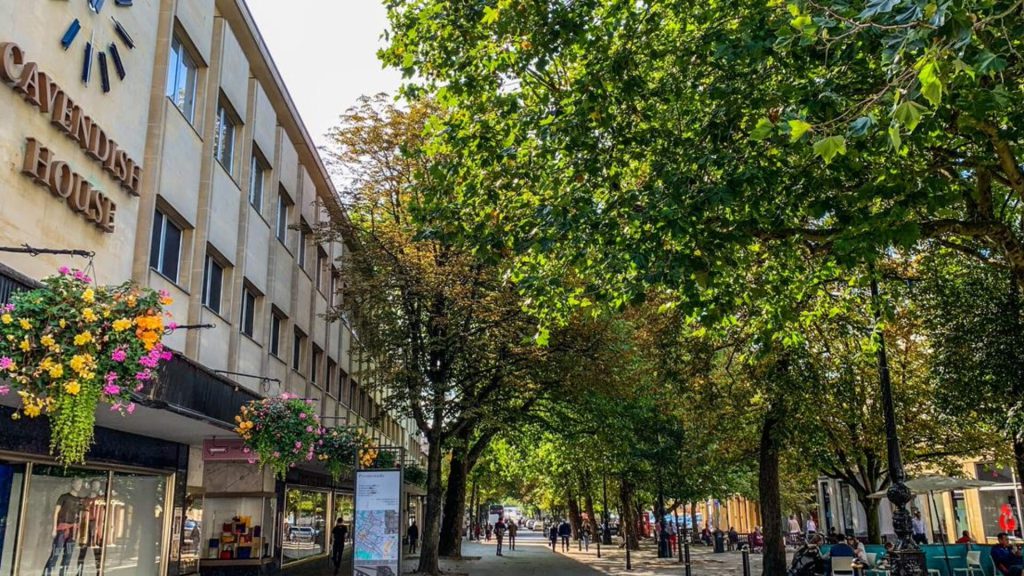
In the last five years, this area has become a hub for dining and entertainment. There are breweries, pubs, bowling alleys, escape rooms, and specialty restaurants. In addition, there are office spaces, gyms, medical offices, and grocery stores. Instead of being a shopping destination, it is now a place where someone can spend the entire day and check errands off their list.

